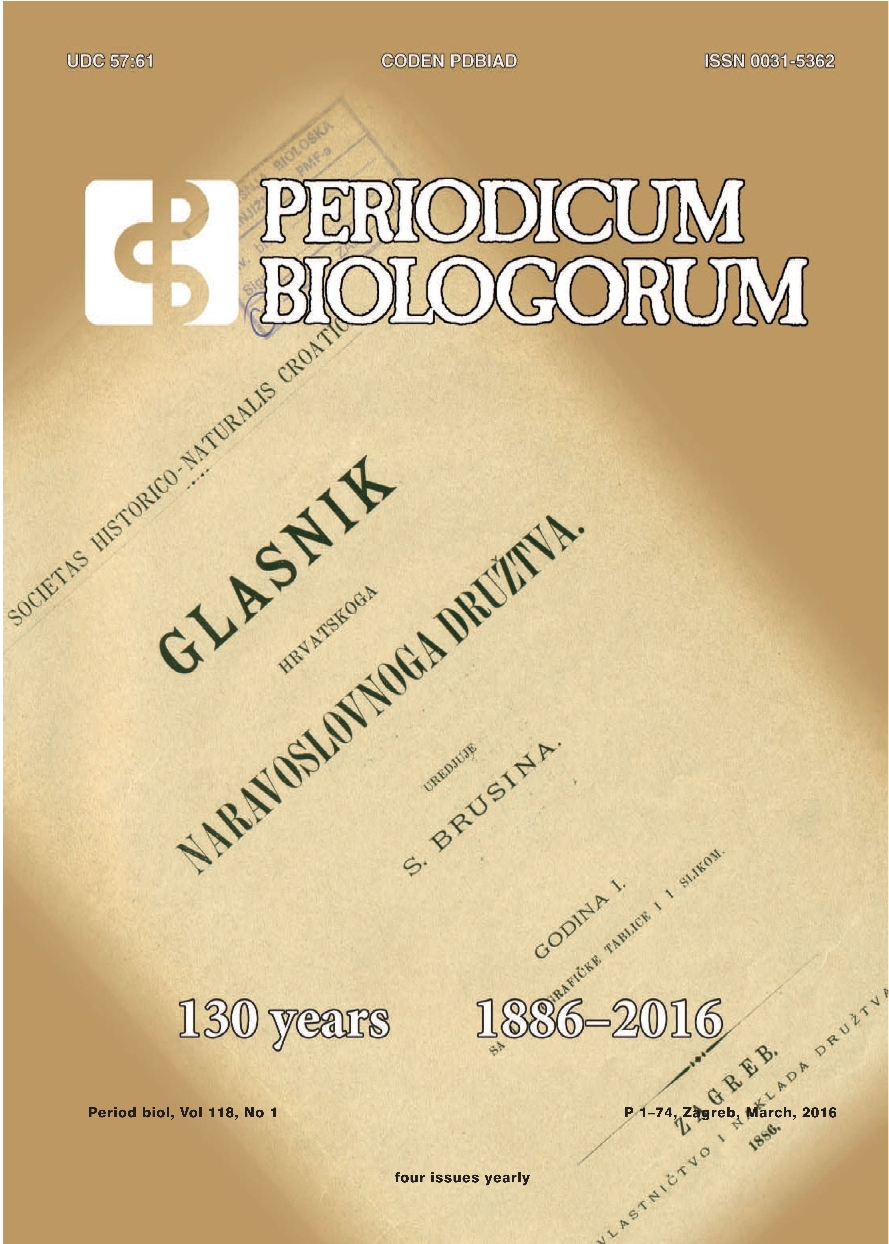Allelopathic potential of the invasive species Aster lanceolatus Willd.
DOI:
https://doi.org/10.18054/pb.v118i1.2816Abstract
Background and Purpose: Aster lanceolatus Willd. is a highly invasive plant in Serbia. However, mechanisms that allow A. lanceolatus to be so competitive and to become dominant in riverine plant communities are not clear. Several potentially allelopathic compounds have been identified in A. lanceolatus tissues and those substances could possibly contribute to the rapid spread of this species.
Materials and Methods: In this paper, the allelopathic potential of Aster lanceolatus Willd. was studied. Lactuca sativa L. and Sinapis alba L. were selected as the bioassay species. Under laboratory conditions, different concentrations of aqueous extracts of A. lanceolatus were applied to determine their effect on seed germination and seedling growth of the test species. Influences of various aqueous extracts on the germination of bioassay species were tested using one-way analysis of variance (ANOVA). In addition, radicle and hypocotyl lengths and dry weight of seedlings were expressed as a percentage of growth inhibition of the control.
Results and Conclusion: The bioassay present in this paper has shown that the aqueous extracts obtained from different vegetative organs of A. lanceolatus have an inhibitory effect on seed germination and seedling growth of the test species and that those potentially allelopathic compounds could contribute to the competitive ability of A. lanceolatus against native plants.
Keywords: Aster lanceolatus Willd., Compositae, invasive plants, allelopathy, bioassay
Downloads
Additional Files
Published
Issue
Section
License
The contents of PERIODICUM BIOLOGORUM may be reproduced without permission provided that credit is given to the journal. It is the author’s responsibility to obtain permission to reproduce illustrations, tables, etc. from other publications.


